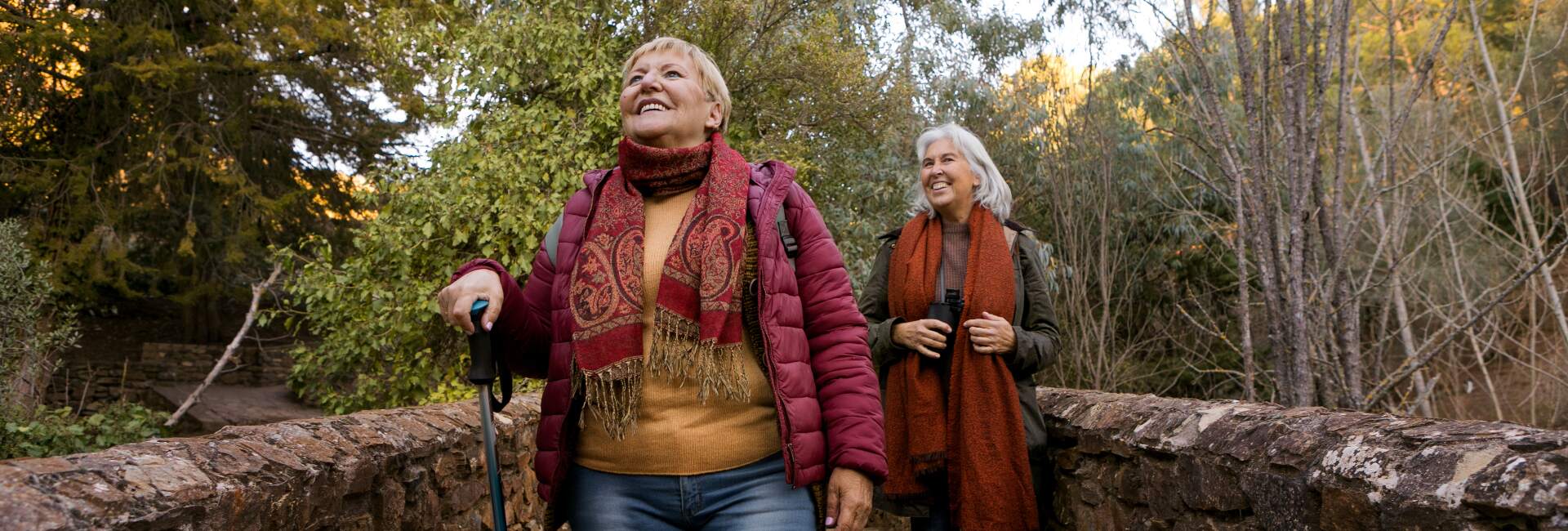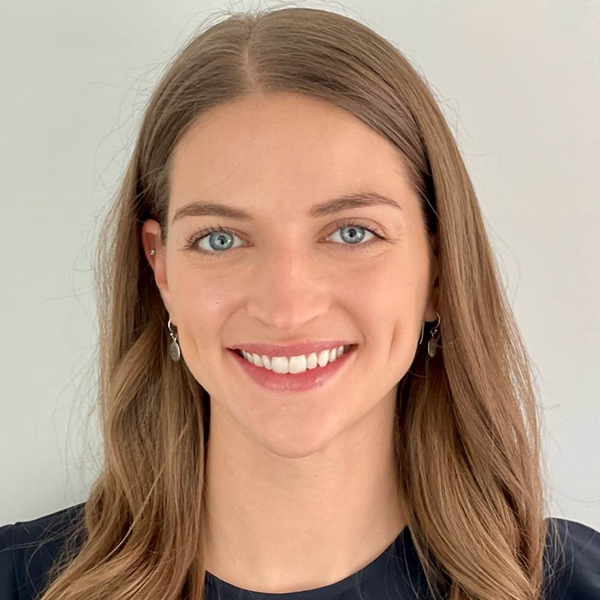What is osteoporosis?
Osteoporosis occurs when the bone density or bone mass decreases in the body. It causes a change in the structure of bone that increases the risk for fractures. This means that when you have a fall or are lifting heavier items, there is a greater chance that a bone can break compared to someone who has normal bone density. It can also cause delayed healing when you do have a fracture. These fractures commonly occur in the hips, spine, and wrists. Osteopenia is when your bone density is lower than the average, but not as severe as osteoporosis.
What causes osteoporosis?
Bone density decreases in the body due to an imbalance between the building of bone (bone formation) and the breakdown of bone (resorption). Cells called osteoclasts help to break down our bone, whereas cells called osteoblasts help to build bone. With osteoporosis, there is greater osteoclast activity than osteoblast activity. Multiple factors can affect osteoblast and osteoclast activity and can thus increase or decrease your risk for osteoporosis.
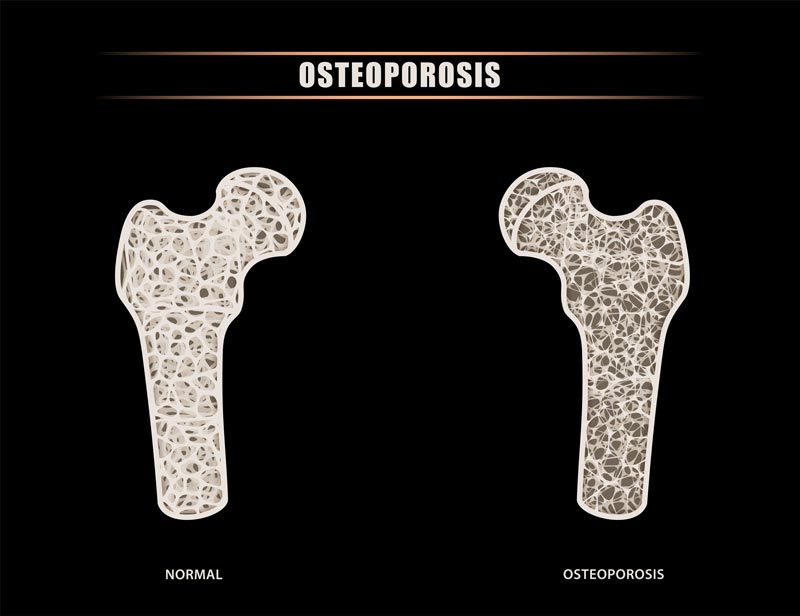
Am I at risk for osteoporosis?
The risk for osteoporosis is higher in people who are/have:
- Assigned female at birth
- Post-menopausal
- Assigned male at birth and older than 70 years old
- White and Asian descent
- Low physical activity levels
- Low body weights
- Smokers
- High alcohol intake
- Been on medications such as corticosteroids for a prolonged period of time1
How do I find out if I have osteoporosis?
It can be determined if you have osteoporosis through a DEXA scan.
A DEXA scan is a type of X-ray that measures bone density throughout the whole body. It determines your T-score and Z-score and specifies which areas of bone are most affected.
A T-score is your bone density compared to the bone density of an average healthy young adult of the same sex, whereas a Z-score is your bone density compared to the average bone density of someone the same age as you. They are both measured in standard deviations from the average.
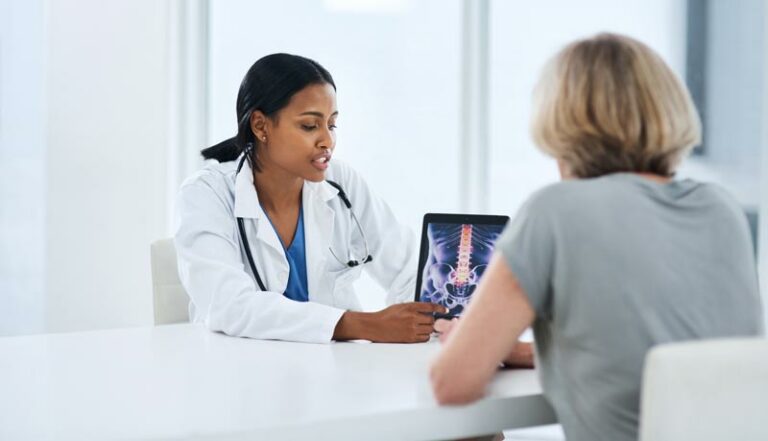
Osteoporosis: A T-score of -2.5 or less indicates you have osteoporosis. This means that you have at least 25% less bone density than a healthy young adult.
Osteopenia: A T-score of -1.0 to -2.5 indicates you have osteopenia. This means that you have around 10-25% less bone density than a healthy young adult.

Are there any symptoms of osteoporosis I should watch for?
Osteoporosis doesn’t present with any symptoms unless there is a current fracture.
The most common sites for fracture are in the wrist, hip, and spine. Wrist and hip fractures usually occur after a fall or impact, however fractures in the spine can occur due to lifting heavier items or overtime due to increased kyphosis (rounded upper back). These are called compression fractures. In some cases, they are painless and unnoticed, and in other cases they can cause severe back pain that usually is worse with standing or sitting and can be relieved slightly with lying down.
If you suspect you have a fracture, immediately contact your doctor to discuss your symptoms and determine if an X-ray is necessary.
What should I be asking my doctor about when it comes to osteoporosis?
- Getting a DEXA scan – You should be getting a DEXA scan if you are a female over 65 years old or if you are at least 50 years old and have additional risk factors. This should be done once every two years.2
- Medications – If you have lower bone density, medication may be needed to help increase it. Bisphosphonates are usually the first type of medication to be used. They can be taken orally via a pill or through intravenous infusion monthly/yearly. Hormones that mimic estrogen may also be prescribed.3
- Supplements – Vitamin D and Calcium are needed in combination to help build bone. If you are deficient in either of these, it may be helpful to take a supplement. Your skin can actually create Vitamin D, but ultraviolet light is needed to help synthesize it. So, go get some sunshine and spend 10-15 minutes outside each day!4,5
- Physical Therapy Referral – Physical therapy can be helpful to start a strength training routine to help increase your bone density, especially if you have any other current injuries or joint issues, or if you are having difficulty with where to begin and want to avoid injury. Physical therapists can also provide excellent education on osteoporosis specific to you and how to best address it within your daily life.
What can I do to improve my bone health?
You’ve probably heard that exercise can help improve bone density, but you may not know what type of exercise you should be doing.
Bones are stimulated to re-build or strengthen whenever a load is placed on them. This is either by impact to your bone or by your muscles pulling on the bone. This happens during weight bearing aerobic exercises and during strength training.
Weight bearing aerobic exercise includes walking, climbing stairs, hiking, running, and jumping. There is less load on the bones during biking and swimming, however, these are still good activities for cardiovascular exercise.
Strength training can include the use of body weight, resistance bands, or weights such as dumbbells.6
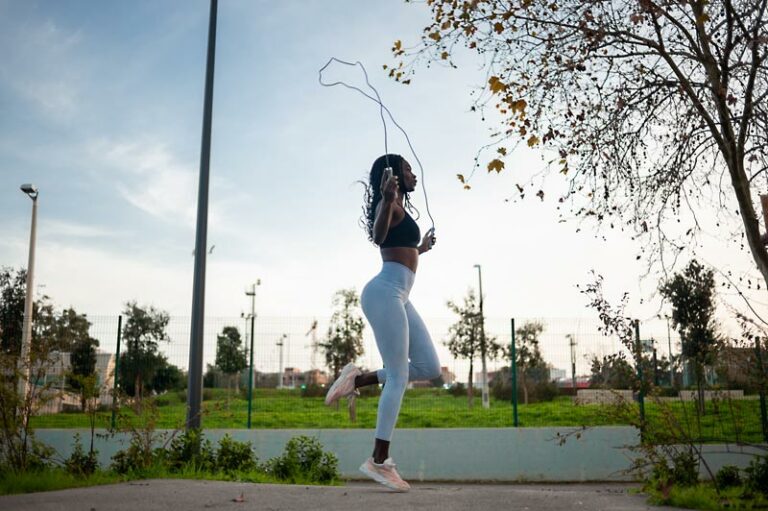
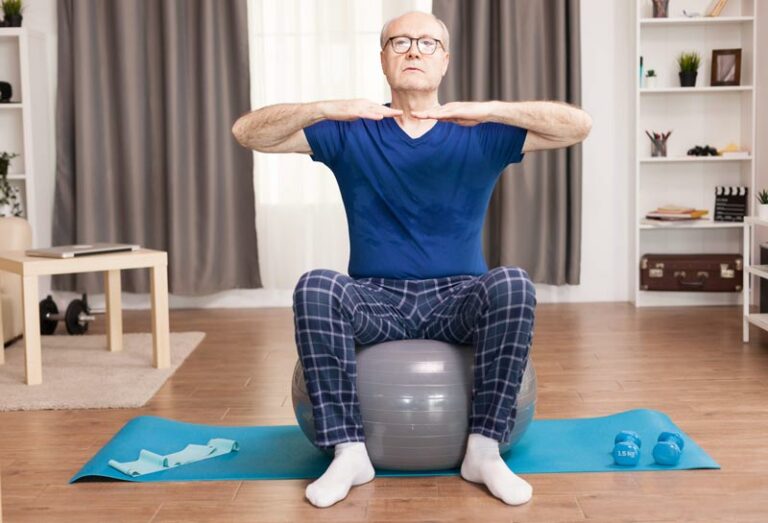
Balance exercises are also important to decrease the risk of falls and potential fractures from happening in the first place.
Balance improves more quickly with repetition, so it is recommended to challenge your balance in a safe way every day.
When will I see results?
It can take up to a year of routine strengthening and weight bearing activities to see a change in T-score or Z-score values with a DEXA scan. On average, our bone density can decrease by about 1% each year after the age of 50. If your score is the same or has even increased, then it means that your rate of bone density loss has slowed or even reversed. Pat yourself on the back! Stay consistent and patient as it can take some time before a change in scores is seen.
Bone density is also not the only factor that predicts increased fracture risk. Other aspects of bone, such as the size, shape, structure, and collagen (structural protein) properties can all affect our bone health. These are all factors that can also be improved upon by strength training, however, they cannot be identified via a DEXA scan. So even if your scores are lower than expected after starting a strength training program, you could still be making a positive impact on your bones, as well as your muscle mass and general health.7
Boost your bone health with these 5 exercises!
Try performing these exercises for 2-3 sets of 8-12 repetitions each, approximately 3 times per week. Rest days are important to allow your muscles and bones time to recover before loading them again.
Squats
Keep your chest up, and, if using a weight, hold it close to your body. You can use a chair or a weight bench to guide your position at the bottom of your squat.
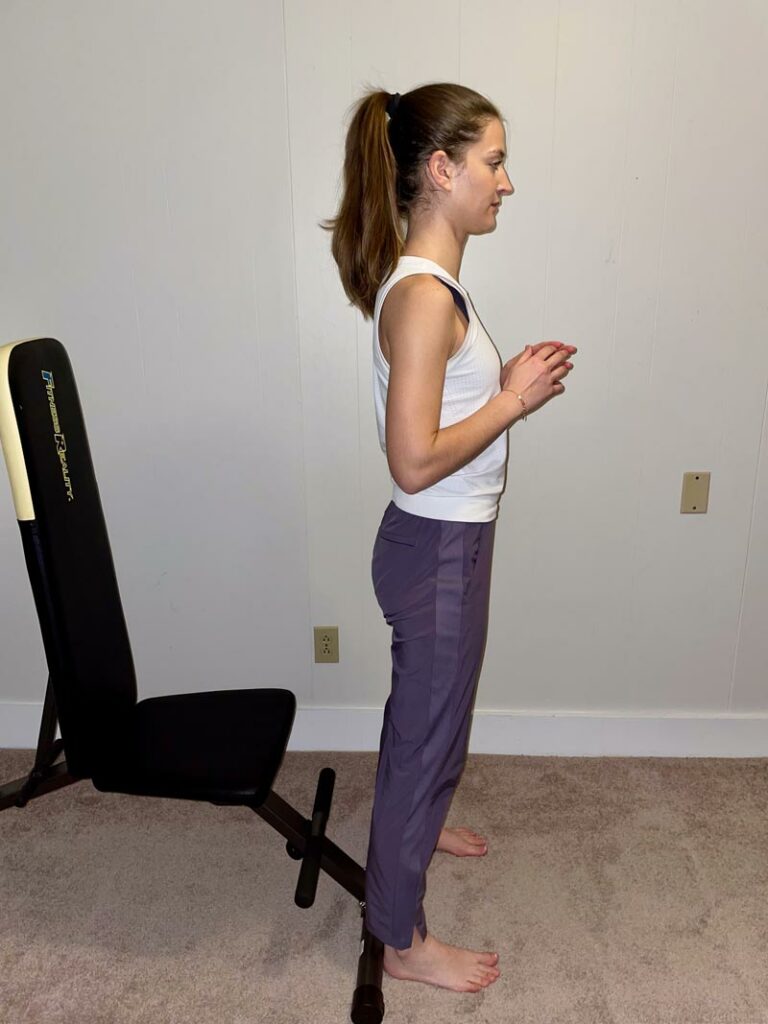
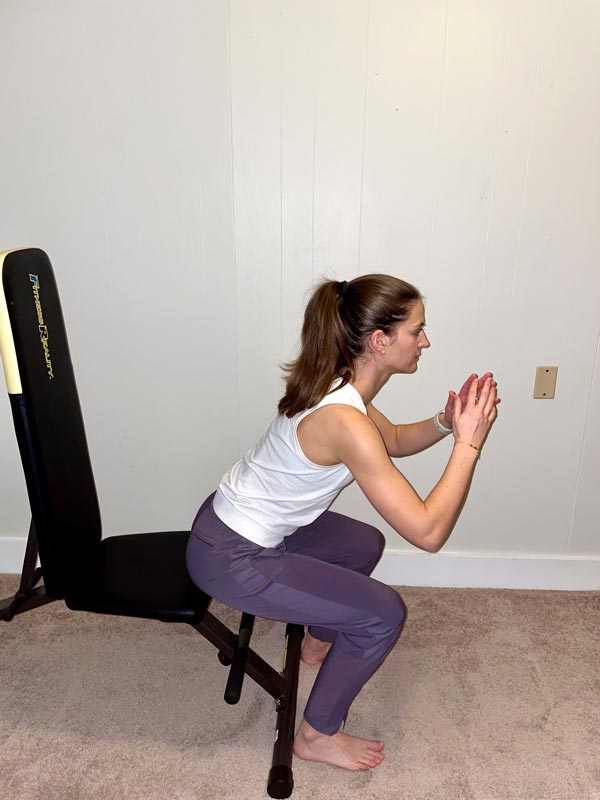
Wall pushups
Stand an arm's length away from a wall and place your hands in a pushup position. Lean in with a straight back, bending arms to a 90-degree angle, then push back to starting position.
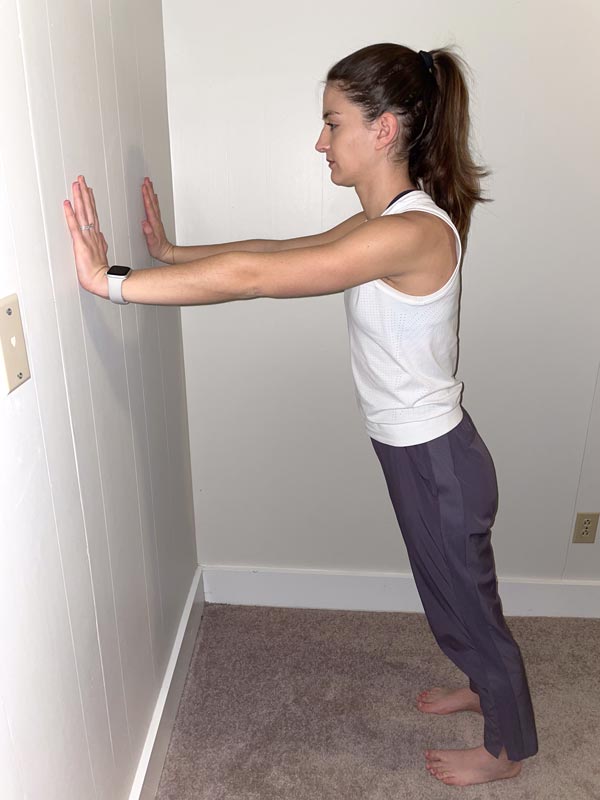
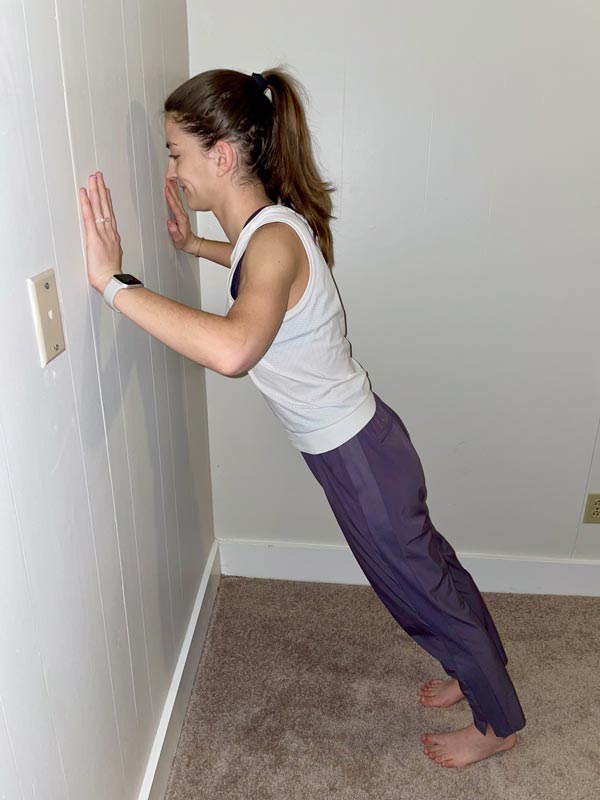
Planks
Hold your body straight and parallel to the floor while resting on your toes and elbows/forearms. Don't let your butt raise up in the air or your hips sag to the floor. Maintain a straight line from head to toe.
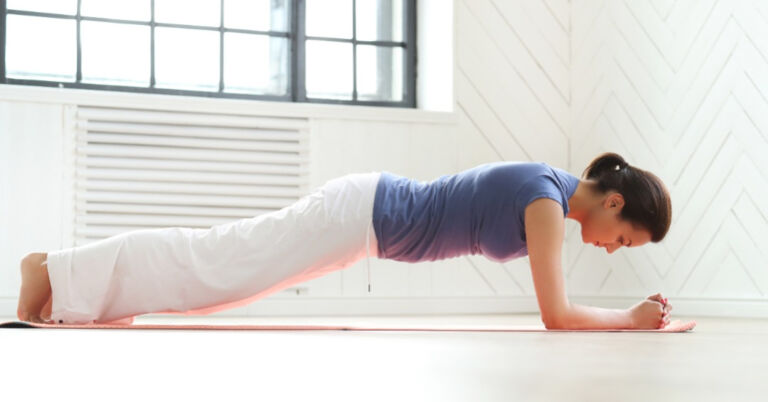
Hip hinges
Stand with feet hip width apart and bend forward from the hips keeping a flat back or neutral spine. It should feel like you’re pushing your bottom out and backward as your chest comes forward, and your knees stay slightly bent. Use a long dowel or pole to aid in keeping your spine straight.
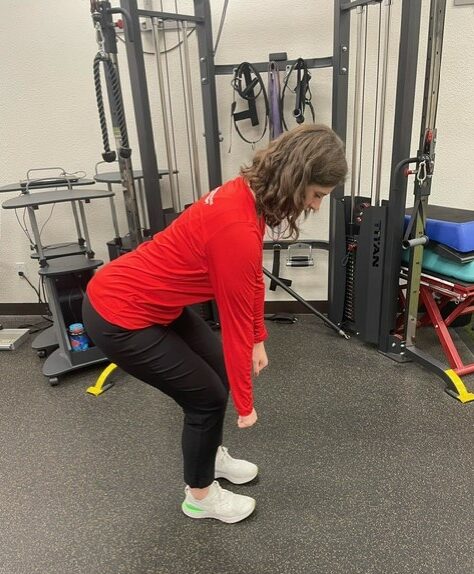
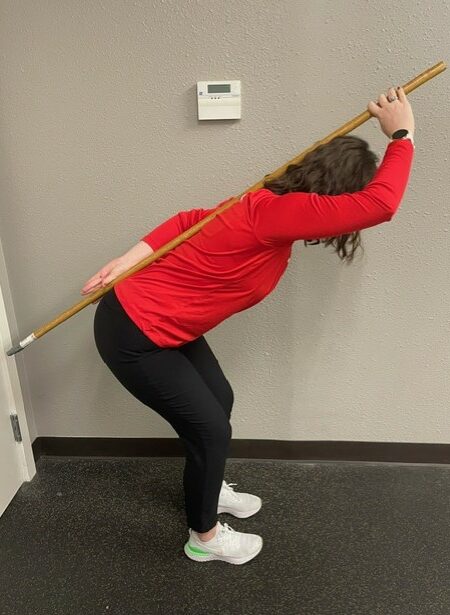
Side stepping with resistance
Place a looped resistance band around your legs just below the knees. From a hip-width stance with our knees bent, step laterally with one foot, maintaining tension in the band, then bring the other foot in. Alternate directions. Keep your toes pointed forward throughout the exercise.
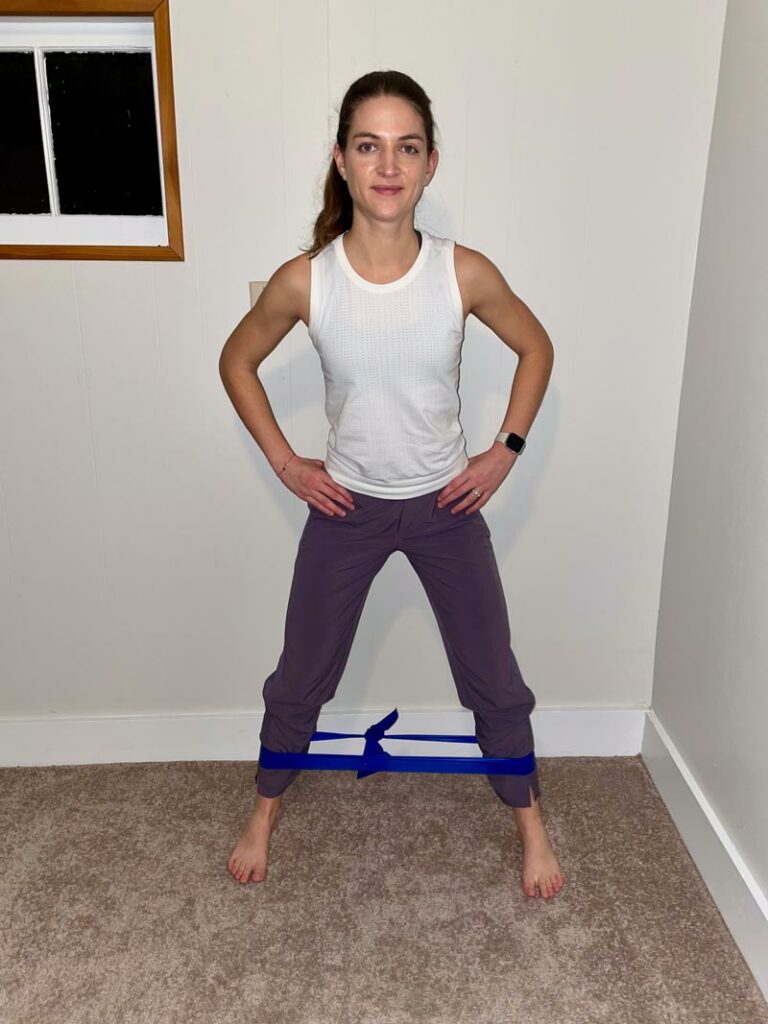
Boost your balance with these 3 moves!
Try these three exercises to help improve your balance and practice them every day. Sometimes these are easiest to perform while brushing your teeth or waiting for something to heat up in the microwave. Always have a chair, counter, table, or wall nearby to grab if needed.
Single-leg balance
Try to increase the amount of time you can balance on each side to 30 seconds. Make sure you have something secure to hold on to for support if needed, such as a countertop or a wall.
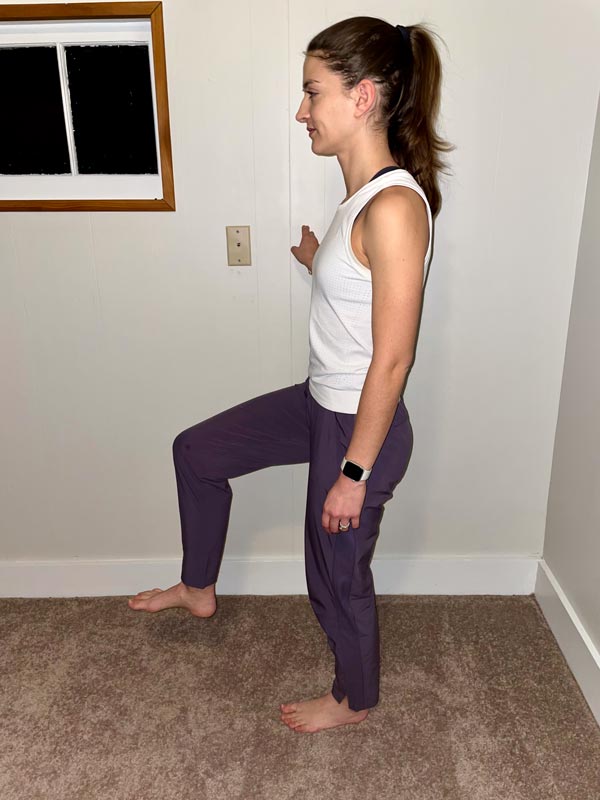
Single-leg deadlift
Lift one leg in front of you for a moment before slowly lifting it behind you as you tip forward. Return to starting position and alternate sides. Try to keep a neutral spine throughout the exercise.
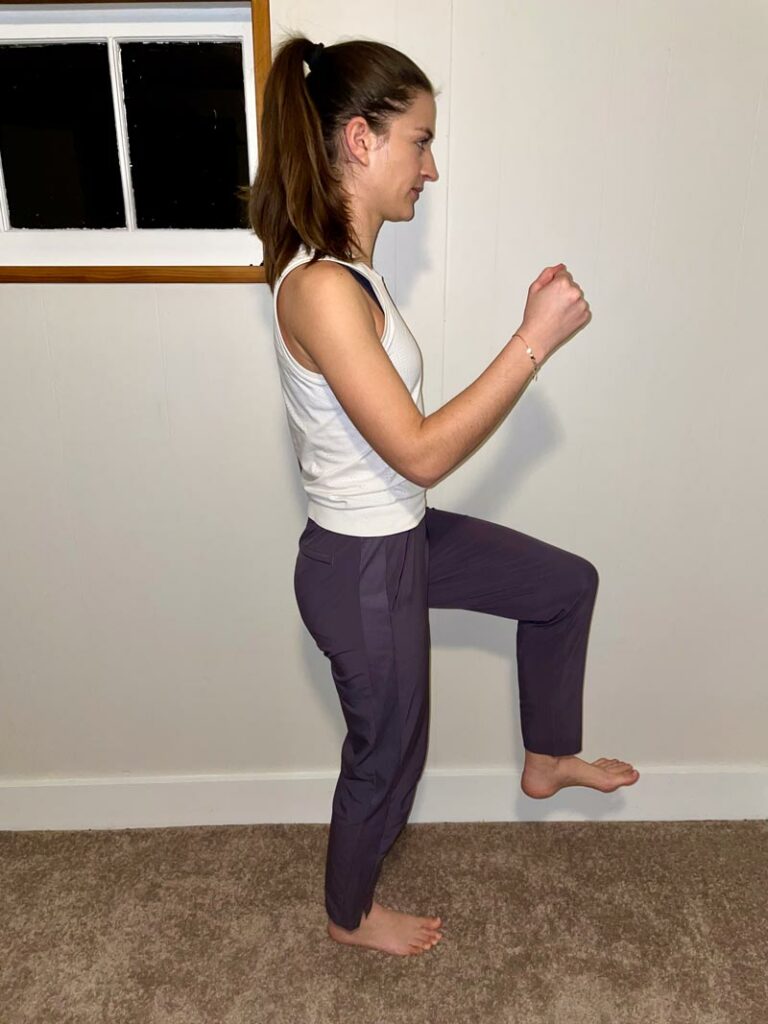
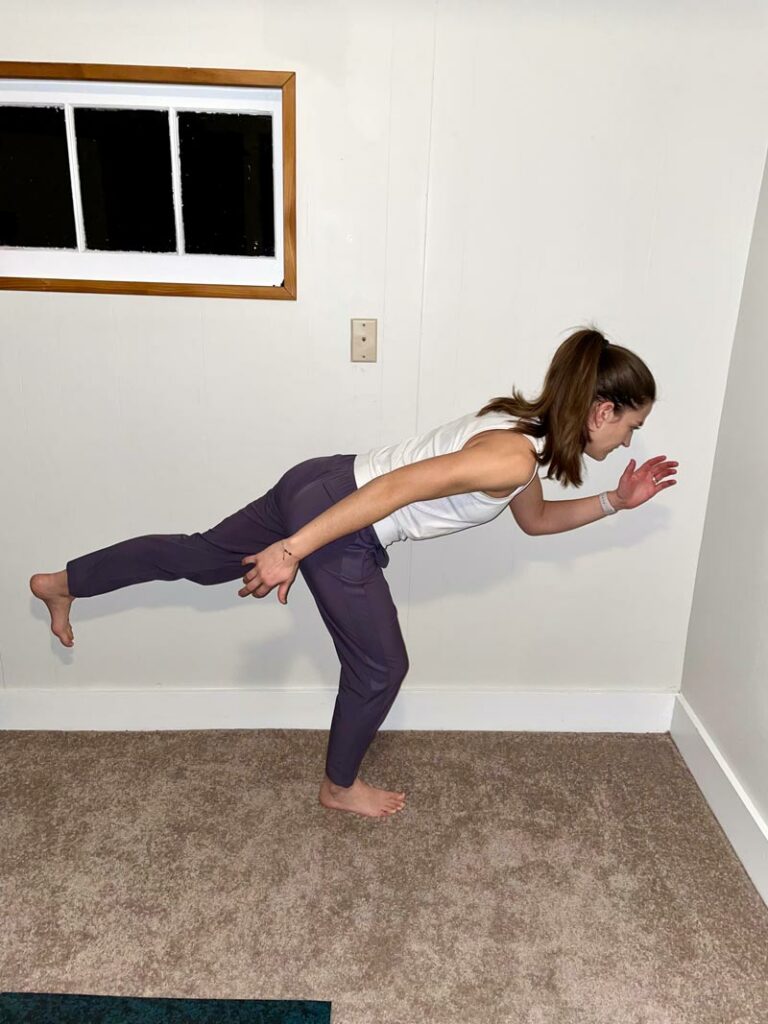
Tandem stance balance
Stand with the wall close enough to assist with balance. Position the right foot directly in front of the left, as if on a balance beam, with the right heel touching the toes of the left foot. Maintain this balanced stance for 30-45 seconds, keeping the head up, core tight, and shoulders back; slight separation is acceptable if bringing the feet close together is challenging. Alternate lead foot.
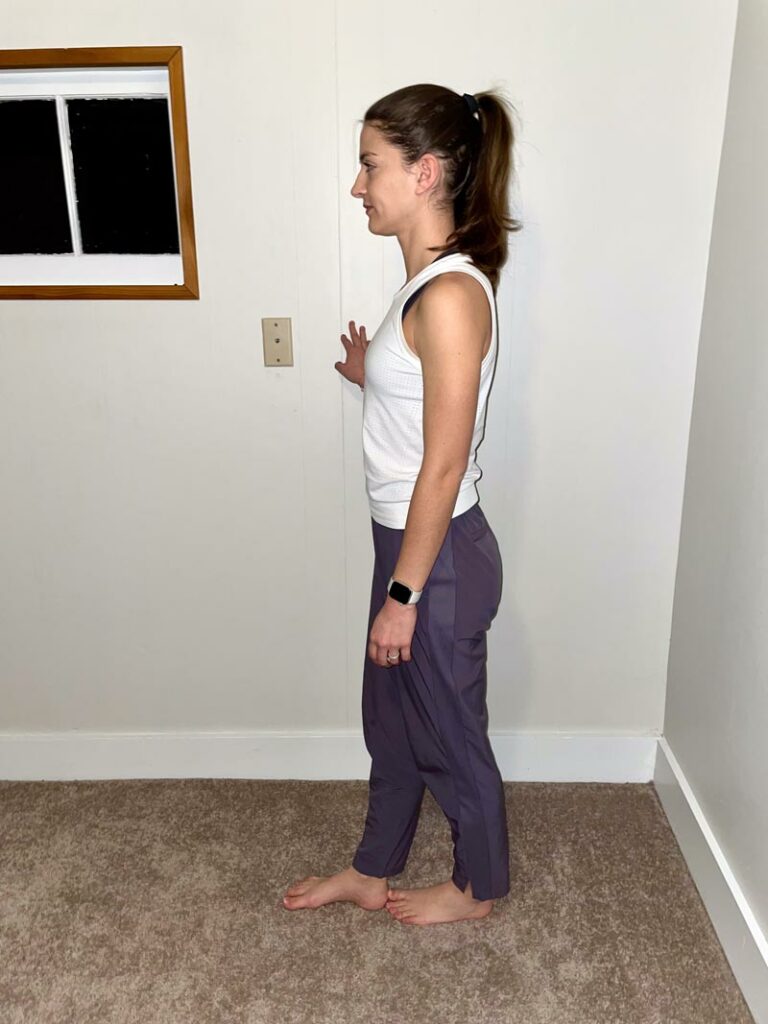
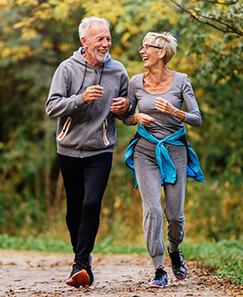
Learn more about physical therapy for osteoporosis.
For additional information about osteoporosis or to get a strength and balance training program that is specific to you, reach out! Our experts can teach you further strategies on how to strengthen areas that are most affected by osteoporosis, make sure form is appropriate during exercises, educate on safe lifting techniques, and discuss other strategies to help prevent falls.
References:
- Farkhondeh Pouresmaeili, Behnam Kamalidehghan, Maryam Kamarehei & Yong Meng Goh (2018) A comprehensive overview on osteoporosis and its risk factors, Therapeutics and Clinical Risk Management, 14:, 2029-2049, DOI: 2147/TCRM.S138000
- Radiation in healthcare. Centers For Disease Control and Prevention. Updated October 20, 2021. Accessed November 12, 2023. https://www.cdc.gov/nceh/radiation/dexa-scan.html#:~:text=Screening%20for%20osteoporosis%20is%20recommended,who%20has%20broken%20a%20hip.
- Osteoporosis: treatment can help. Mayo clinic. Updated November 1, 2023. Accessed November 26, 2023. https://www.mayoclinic.org/diseases-conditions/osteoporosis/in-depth/osteoporosis-treatment/art-20046869#:~:text=Bisphosphonates%20are%20usually%20the%20first,(Fosamax)%2C%20a%20weekly%20pill.
- Dawson-Hughes B, Harris SS, Krall EA, Dallal GE. Effect of calcium and vitamin D supplementation on bone density in men and women 65 years of age or older. N Engl J Med. 1997 Sep 4;337(10):670-6. doi: 10.1056/NEJM199709043371003. PMID: 9278463.
- Yao P, Bennett D, Mafham M, Lin X, Chen Z, Armitage J, Clarke R. Vitamin D and Calcium for the Prevention of Fracture: A Systematic Review and Meta-analysis. JAMA Netw Open. 2019 Dec 2;2(12):e1917789. doi: 10.1001/jamanetworkopen.2019.17789. PMID: 31860103; PMCID: PMC6991219.
- Watson SL, Weeks BK, Weis LJ, Harding AT, Horan SA, Beck BR. High-Intensity Resistance and Impact Training Improves Bone Mineral Density and Physical Function in Postmenopausal Women With Osteopenia and Osteoporosis: The LIFTMOR Randomized Controlled Trial. J Bone Miner Res. 2018 Feb;33(2):211-220. doi: 10.1002/jbmr.3284. Epub 2017 Oct 4. Erratum in: J Bone Miner Res. 2019 Mar;34(3):572. PMID: 28975661.
- Hong AR, Kim SW. Effects of Resistance Exercise on Bone Health. Endocrinol Metab (Seoul). 2018;33(4):435-444. doi:10.3803/EnM.2018.33.4.435
